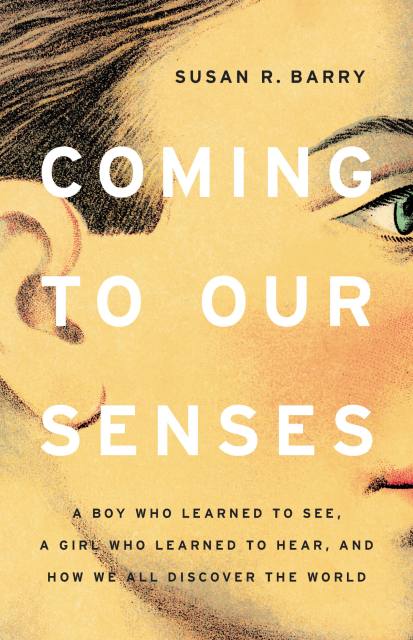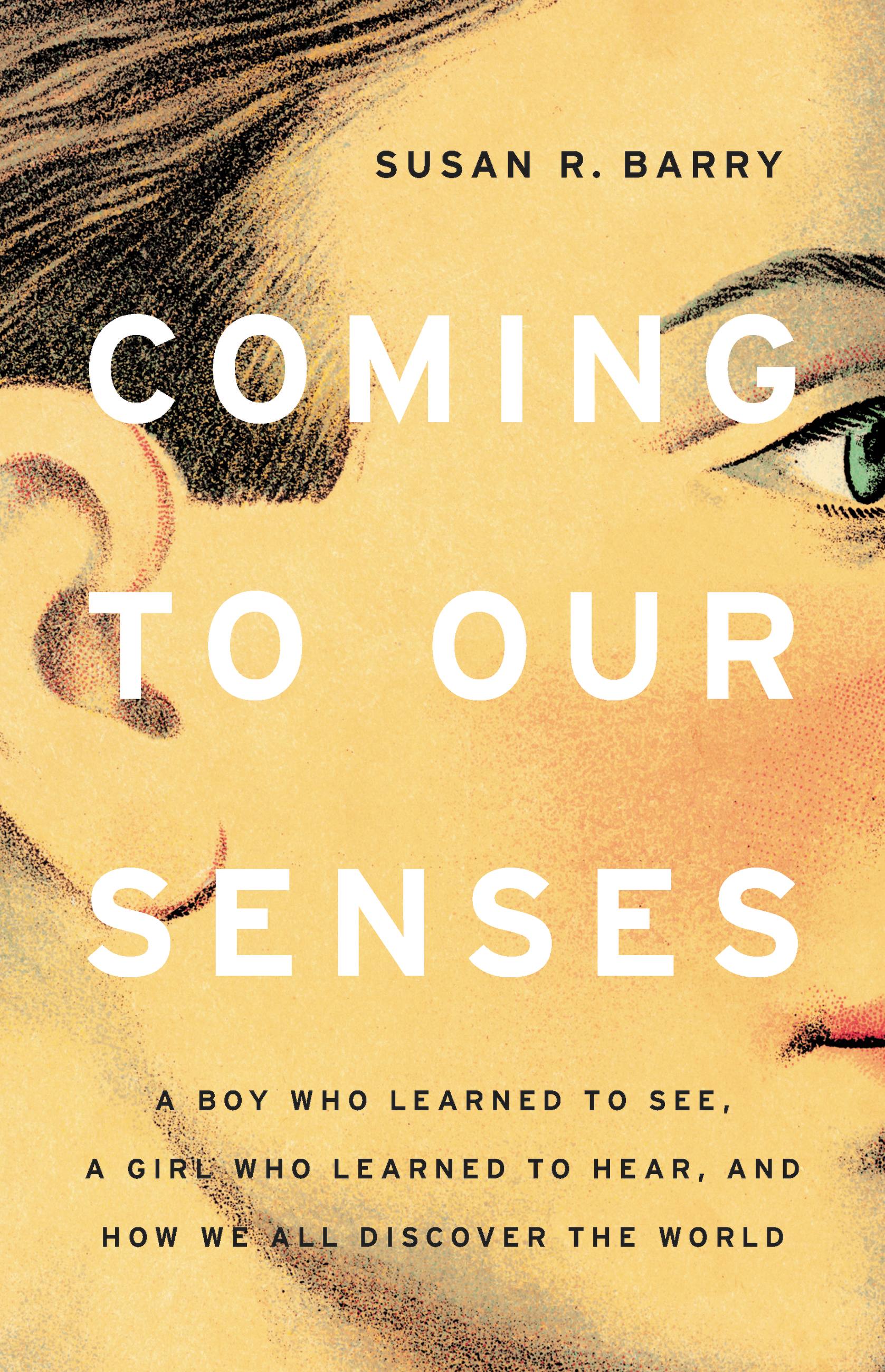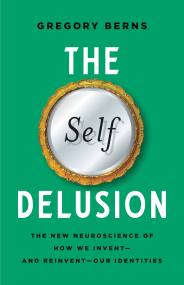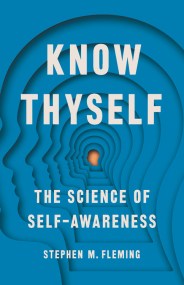Promotion
Use code BEST25 for 25% off storewide. Make sure to order by 11:59am, 12/12 for holiday delivery!
By clicking “Accept,” you agree to the use of cookies and similar technologies on your device as set forth in our Cookie Policy and our Privacy Policy. Please note that certain cookies are essential for this website to function properly and do not require user consent to be deployed.
Coming to Our Senses
A Boy Who Learned to See, a Girl Who Learned to Hear, and How We All Discover the World
Contributors
Formats and Prices
- On Sale
- Jun 8, 2021
- Page Count
- 272 pages
- Publisher
- Basic Books
- ISBN-13
- 9781541675162
Price
$16.99Price
$21.99 CADFormat
Format:
- ebook $16.99 $21.99 CAD
- Hardcover $28.00 $35.00 CAD
- Audiobook Download (Unabridged) $24.99
This item is a preorder. Your payment method will be charged immediately, and the product is expected to ship on or around June 8, 2021. This date is subject to change due to shipping delays beyond our control.
Buy from Other Retailers:
We think of perception as a passive, mechanical process, as if our eyes are cameras and our ears microphones. But as neurobiologist Susan R. Barry argues, perception is a deeply personal act. Our environments, our relationships, and our actions shape and reshape our senses throughout our lives.
This idea is no more apparent than in the cases of people who gain senses as adults. Barry tells the stories of Liam McCoy, practically blind from birth, and Zohra Damji, born deaf, in the decade following surgeries that restored their senses. As Liam and Zohra learned entirely new ways of being, Barry discovered an entirely new model of the nature of perception. Coming to Our Senses is a celebration of human resilience and a powerful reminder that, before you can really understand other people, you must first recognize that their worlds are fundamentally different from your own.
Newsletter Signup
By clicking ‘Sign Up,’ I acknowledge that I have read and agree to Hachette Book Group’s Privacy Policy and Terms of Use







